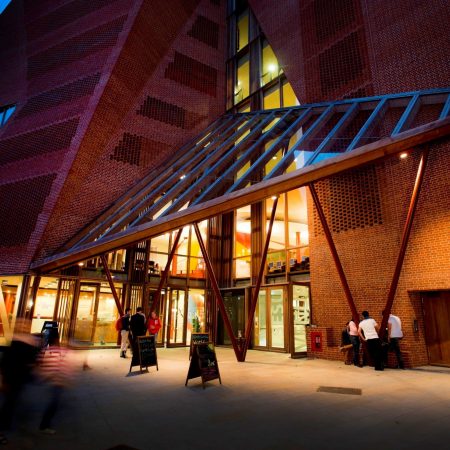Why BIM Is Indispensable For Today’s Education Construction Projects
Designing modern school buildings comes with high expectations for the quality of learning environments, energy efficiency, acoustic performance and future maintenance.
Having refined and optimised the design of a new school it’s essential that it can be built as intended, without compromises or late design changes. Increasingly, a BIM environment linked to structured design management underpins the entire process to deliver exceptional school buildings within tight cost and timing constraints.
Collaborative Decisions
Today’s education building programmes are characterised by a structured design management process and collaborative decision making. This is all based on detailed 3D models and shared datasets. Without a BIM environment much of this would be impossible.
Issues such as good ventilation and maintaining a healthy internal environment have become more prominent in recent times. These issues have to be fully resolved in the design phase so that there are no compromises, clashes or complications when it comes to implementation.
Designing better learning environments with a 3D model also ensures that furniture and equipment can be positioned for maximum effectiveness and that the proposed layout will work in practice.
Design Rationalisation
The 3D model makes it possible to rationalise the design of a new school to make it simpler and cheaper to build as well as easier to maintain.
As well as clash detection and elimination, material savings can be identified through, for example, more efficient routing of services to reduce the length of pipe and cable runs. This approach also simplifies installation and maintenance – ensuring that there is physically enough space to access equipment and use tools safely.
Design changes to simplify the build are easy and quick to make in a 3D model – unlike when the building phase is in progress.
In a fragmented 2D environment, without an easy way to collaborate with specialist subcontractor partners, rationalising and optimising the design is a struggle. Historically, there was too much scope to make assumptions that might not have been known or shared by other stakeholders. These often produced late design changes when practical problems presented themselves during the programme.
Future Savings
Project data held in a shared and structured environment has greater value. It allows the pre-selection of products and compliant components to save time and deliver economies of scale across multiple projects. BIM also makes it easy to replicate Fixtures, Fittings and Equipment (FF&E) for similar projects in the future.
Education construction is increasingly data-driven with BIM at the centre of a structured design management process. For more information about how Osborne delivers benefits using this approach take a look at our resource centre or contact Richard King ([email protected]).

